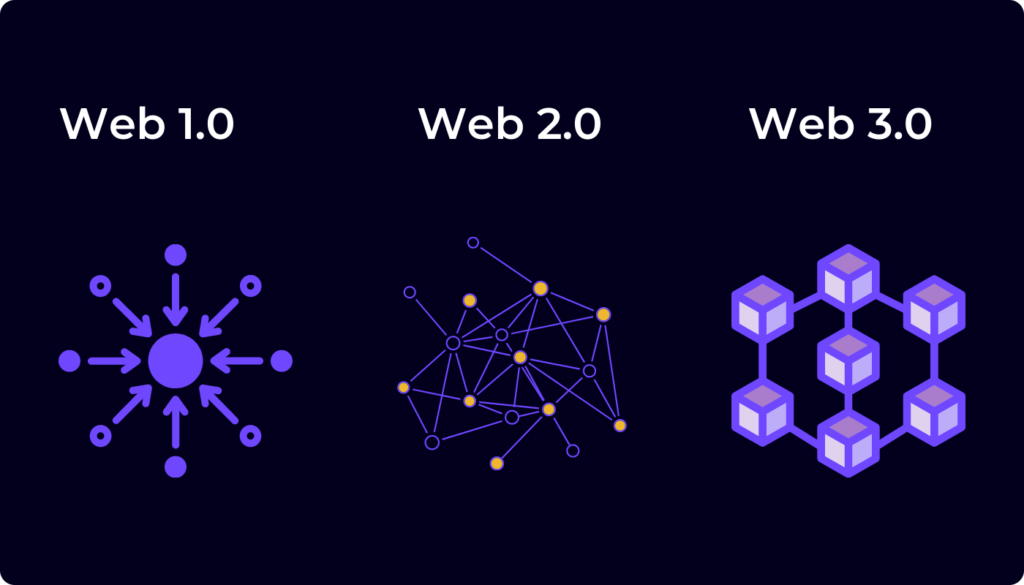Hyperledger is an open-source project launched by the Linux Foundation in December 2015, with the aim of advancing blockchain technology across various industries. Unlike public blockchains such as Bitcoin and Ethereum, Hyperledger is a permissioned blockchain, meaning only authorized parties can access and participate in the network. This makes it ideal for enterprises that require more control, privacy, and scalability in their blockchain solutions.
Key Components of Hyperledger
Hyperledger is not a single blockchain but a collection of frameworks, tools, and libraries that support the development of enterprise-level blockchain applications. The most notable projects within Hyperledger include:
- Hyperledger Fabric
This is the most widely used framework within the Hyperledger umbrella. It allows businesses to create private, permissioned networks tailored to specific use cases. Hyperledger Fabric supports modular architecture, meaning different consensus mechanisms, smart contracts (known as chaincode in Fabric), and membership services can be integrated based on the network’s needs.Key Features:
- Permissioned Network: Only verified participants can join.
- Smart Contracts (Chaincode): Facilitates automation of transactions.
- Pluggable Consensus: Businesses can choose the consensus mechanism that best suits their requirements, ensuring flexibility.
- Privacy and Confidentiality: Supports private transactions between specific members of the network.
- Hyperledger Sawtooth
Hyperledger Sawtooth offers a modular platform for building, deploying, and running distributed ledgers. It is particularly designed to separate the core blockchain from the application logic, allowing for greater flexibility in building applications.Key Features:
- Separation of Layers: Developers can build complex business logic without interacting directly with the underlying blockchain.
- Proof of Elapsed Time (PoET): A consensus algorithm that is more energy-efficient compared to traditional methods like Proof of Work.
- Hyperledger Iroha
Hyperledger Iroha is a simpler framework designed for easier integration into projects requiring distributed ledger technology (DLT). It is often used in scenarios where the focus is on mobile applications, such as finance and identity management.Key Features:
- Simple API: Easy-to-use interfaces for developing applications.
- Role-Based Access Control: Enhanced security measures to control user permissions.
- Hyperledger Indy
This project focuses on decentralized identity solutions. Hyperledger Indy allows the creation of independent, verifiable digital identities built on blockchain. These identities are portable and not tied to a specific application or organization.Key Features:
- Decentralized Identity Management: Users control their own digital identities.
- Interoperability: Works seamlessly with other blockchains.
- Hyperledger Besu
Hyperledger Besu is a versatile framework that supports Ethereum. It is an open-source Ethereum client built to support both permissioned and public Ethereum networks, which makes it an attractive choice for developers aiming to build Ethereum-compatible networks in private environments.
Why Use Hyperledger?
- Scalability: The permissioned nature of Hyperledger networks means they can scale more efficiently than public blockchains, which often face bottlenecks during periods of high activity.
- Privacy: Enterprises often need to protect sensitive data, and Hyperledger allows for the creation of private channels within the broader network, ensuring only authorized parties can view certain transactions.
- Customizable Consensus: Different consensus algorithms can be implemented based on the needs of the network. Hyperledger Fabric, for example, allows businesses to switch between different consensus mechanisms.
- Interoperability: Hyperledger frameworks, like Besu, can interact with Ethereum, ensuring that enterprises can work with both public and private blockchains.
- Enterprise-Grade Security: Hyperledger has strong security mechanisms in place to ensure that permissioned networks are protected against unauthorized access and potential threats.
Use Cases for Hyperledger
- Supply Chain Management
Companies can track goods from production to delivery using Hyperledger, ensuring transparency and reducing fraud or counterfeiting in the supply chain. - Finance
Financial institutions use Hyperledger to facilitate secure, efficient, and transparent transactions across borders. For example, it can reduce the time and cost associated with clearing and settling trades. - Healthcare
Hyperledger can manage patient records, ensuring secure sharing of sensitive health information between different institutions while protecting privacy. - Digital Identity
Hyperledger Indy supports decentralized identity solutions, where individuals maintain control over their personal information, reducing the risk of identity theft. - Government
Governments can leverage Hyperledger for voting systems, tax collection, and other public services to ensure transparency and prevent fraud.
Conclusion
Hyperledger offers a robust, flexible platform for enterprises looking to integrate blockchain into their operations. By providing modular frameworks and focusing on privacy, scalability, and enterprise needs, Hyperledger empowers organizations to create secure, permissioned blockchain networks tailored to specific industries. As Web3 continues to evolve, Hyperledger will play a critical role in driving adoption in both private and public sector applications.
ENG WANJIKU
Views: 3





